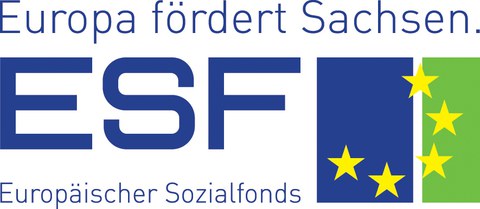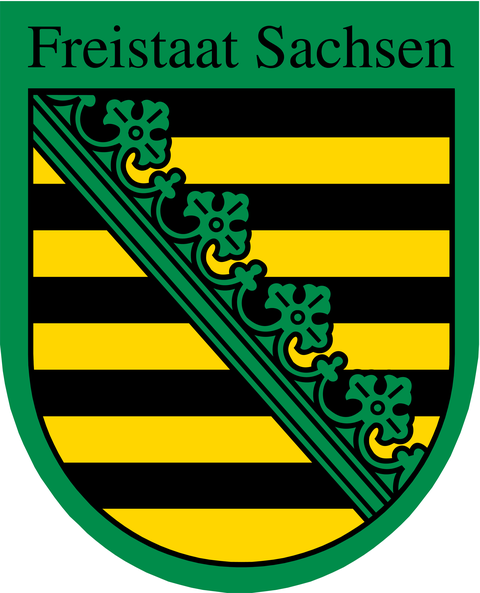Enhancing production of the antitumor compound astin by a novel fungal endophyte of Aster tataricus
Extracts of dried roots of the plant Aster tataricus are successfully used in traditional Chinese medicine as cough remedy. Astins, secondary metabolites isolated from these root extracts, show promising antitumor activities. Astins are cyclic pentapeptides and ca 20 different astins have been now isolated from aster roots. For antitumor activity, cyclization and a rarely observed dichlorinated proline residue are necessary. In a collaborative project with partners from Germany (Karl-Heinz van Pee), The Netherlands (Willem van Berkel) and Belgium (Philippe Jacques, Luc Willems, Diagenode, Lipofabrik) we want to produce astins at large scales and test the possible bioactivities.
Publications:
- Schafhauser, T., Jahn, L., Kirchner, N., Kulik, A., Flor, L., Caradec, T., Fewer, D.P., Sivonen, K., van Berkel, W.J.H., Jacques, P., Weber, T., Gross, H., van Pée, K.-H., Wohlleben, W., Ludwig-Müller, J. (2019) Antitumor astins originate from the endophyte Cyanodermella asteris living within the medicinal plant Aster tataricus. Proc. Natl. Acad. Sci. USA 116: 26909-26917
- Vassaux, A., Tarayre, C., Arguëlles-Arias, A., Compère, P., Delvigne, F., Fickers, P., Jahn, L., Lang, A., Leclère, V.,Ludwig-Müller, J., Ongena, M., Schafhauser, T., Telek, S., Théatre, A., van Berkel, W.J.H., Vandenbol, M., van Pée, K.-H., Willems, L., Wohlleben, W., Jacques, P. (2019) Astin C production by the endophytic fungus Cyanodermella asteris in planktonic and immobilized culture conditions. Biotechnol. J. 14: 1800624
Funded by:



